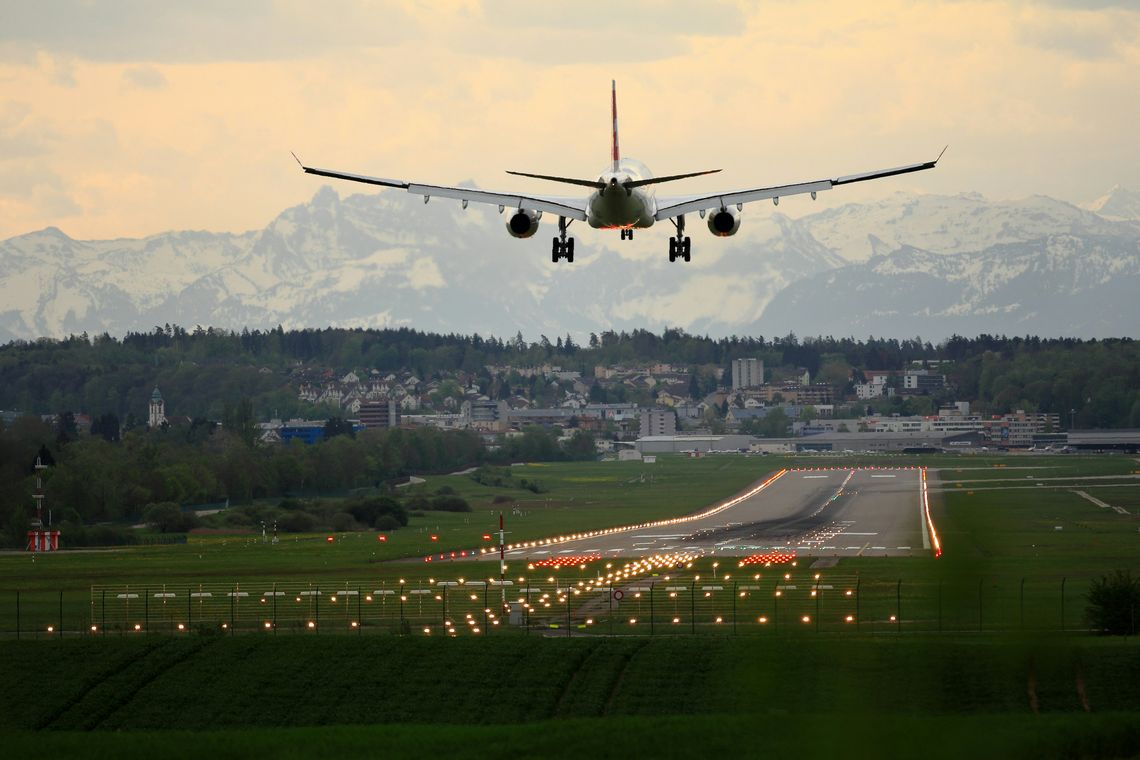Airport engineering is a highly specialized field within civil and transportation engineering that focuses on the design, construction, and maintenance of airports. Given the rapid growth of the aviation industry and the increasing demand for air travel, efficient and well-engineered airports are essential to ensure safety, comfort, and operational efficiency. Airport engineers deal with everything from runways and taxiways to terminal buildings and baggage handling systems. In this article, we will explore the key aspects of airport engineering and its role in modern aviation infrastructure.
1. The Role of Airport Engineers
Airport engineers are responsible for designing and overseeing the construction of all components that make up an airport. Their work includes everything from the initial planning stages to ensuring the airport can accommodate future growth. They must consider factors such as:
- Runway Design: The design of runways must account for aircraft performance, climate conditions, and air traffic demands. Engineers need to determine the ideal length, width, surface materials, and drainage systems to ensure smooth takeoffs and landings.
- Taxiways and Aprons: Taxiways are pathways that allow aircraft to travel between the runway and terminals. Engineers ensure that these pathways are clear, efficient, and safe. Aprons, or aircraft parking areas, must also be designed with careful attention to traffic flow and safety.
- Terminals: The passenger terminal is the heart of the airport. Engineers must design terminals with both capacity and comfort in mind. Features like check-in counters, baggage claim areas, security checkpoints, and waiting lounges must be carefully planned to handle the flow of passengers while maintaining a smooth, seamless experience.
- Baggage Handling Systems: A sophisticated baggage handling system is essential to ensure the swift and secure movement of luggage. Engineers design automated systems that transport bags from check-in counters to aircraft and from planes to baggage claim areas.
- Airside vs. Landside Engineering: Airside engineering refers to all the systems and infrastructure on the “airside” of an airport, including runways, taxiways, and control towers. Landside engineering focuses on the “lands side,” such as parking lots, ground transportation access, and terminal buildings.
2. Challenges in Airport Engineering
Airport engineers face several unique challenges when designing and maintaining these complex facilities:
- Weather and Environmental Conditions: Airports are often located in regions with diverse climates. Engineers must design runways and buildings that can withstand extreme temperatures, high winds, and even heavy snowfall in certain areas. Additionally, they must comply with environmental regulations to minimize noise pollution and preserve natural habitats.
- Safety and Security: One of the primary concerns for airport engineers is ensuring the safety of passengers, employees, and aircraft. This includes designing proper security systems, such as surveillance cameras, fencing, and checkpoint layouts, as well as addressing fire safety and emergency evacuation procedures.
- Maximizing Efficiency: Airports need to operate with high efficiency to handle thousands of flights and passengers daily. Engineers must design systems that allow for quick turnaround times, smooth baggage handling, and minimal congestion, all while maintaining safety and comfort.
- Sustainability: As air travel continues to grow, airports are under increasing pressure to operate in environmentally sustainable ways. Airport engineers must explore ways to reduce carbon footprints, conserve energy, and implement green technologies such as solar power and energy-efficient heating and cooling systems.
3. The Future of Airport Engineering
With the rapid advancement of technology, airport engineering is evolving to meet the demands of modern aviation. Some of the trends and innovations shaping the future of airport engineering include:
- Smart Airports: The use of Internet of Things (IoT) devices and sensors to monitor everything from baggage tracking to passenger flow is becoming increasingly popular. Engineers are integrating smart technologies into airport systems to improve efficiency and enhance the passenger experience.
- Automation and Robotics: Airports are adopting more automation, including self-check-in kiosks, robotic baggage handling systems, and autonomous vehicles for luggage transport. These technologies reduce the need for manual labor and help airports operate more efficiently.
- Sustainable Infrastructure: Airports are increasingly focusing on sustainable building materials, energy-efficient designs, and reducing their overall environmental impact. This includes everything from using green roofs to implementing rainwater harvesting systems and adopting electric-powered ground support equipment.
- Urban Air Mobility: As urban air mobility solutions such as drones and electric vertical take-off and landing (eVTOL) aircraft become more common, airport engineers may need to develop new infrastructure to accommodate these aircraft, including dedicated takeoff and landing areas or “vertiports.”
Conclusion
Airport engineering is a critical discipline that ensures the smooth functioning of one of the most important aspects of modern society: air travel. By understanding the intricate details of runway design, terminal construction, and baggage handling systems, airport engineers contribute to the overall safety, efficiency, and sustainability of airports worldwide. As technology advances, the field of airport engineering will continue to evolve, adapting to new challenges and improving the passenger experience for millions of travelers.
.png)

Comment
Comments